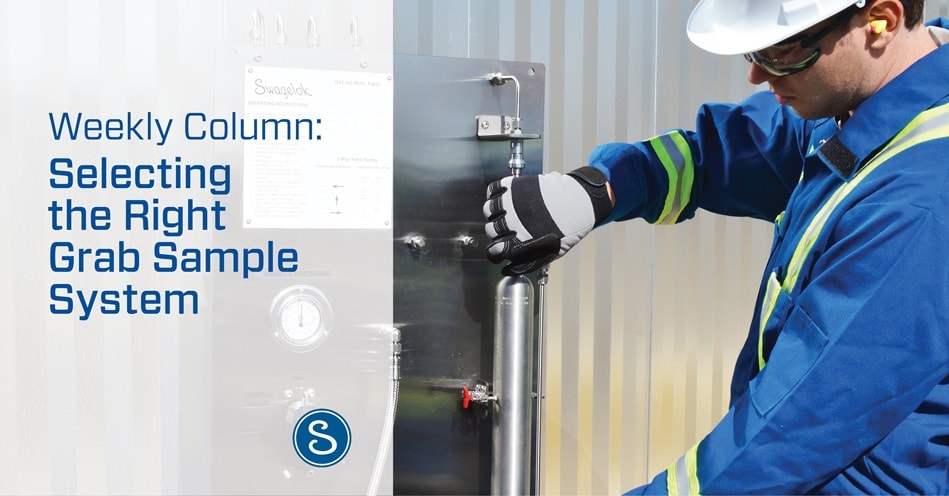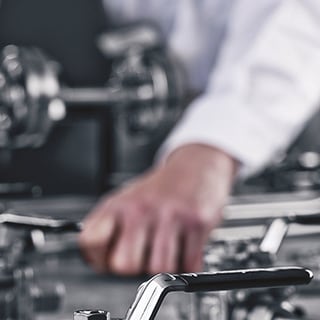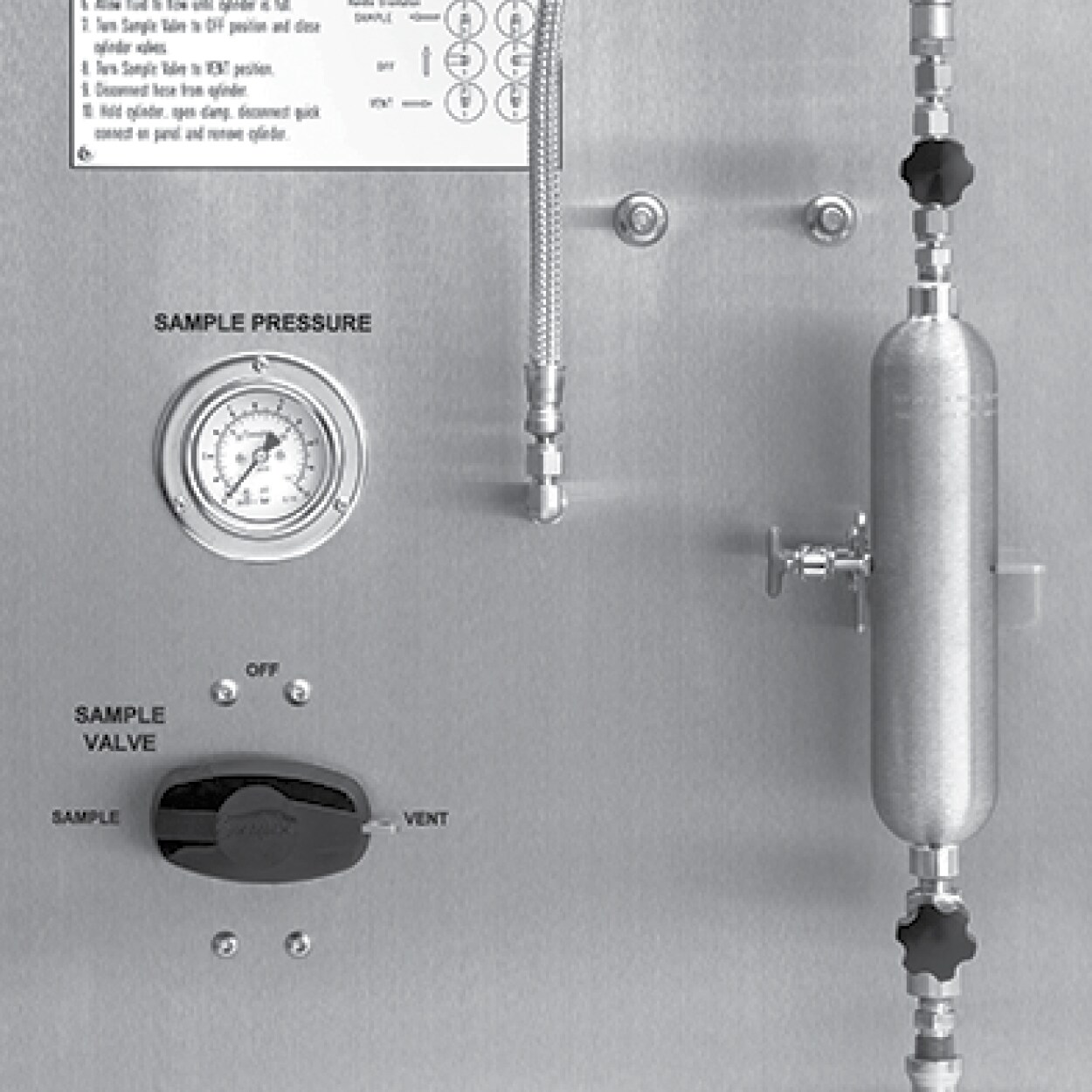Reduce waste by selecting the right products for
your Grab Sample System.
Grab sampling is one of the most common, and cost-effective types of process sampling. This process involves collecting an accurate, representative sample in an appropriate container prior to transporting to a lab for analysis. The selection of grab sample and sample collection is an important part of your operations and can reduce the amount of the waste simply by selecting the right components for your grab sampling system. In addition, proper training and following best practices can be help you understand your operations and maintain your sample, while meeting quality and emission requirements. Here are some criteria to consider:
- Pressure: Whether you are using a cylinder or bottle collection, the system’s maximum rated pressure must not be exceeded.
- Temperature: Cylinder and bottle systems have a maximum, and sometimes minimum, fluid operating temperature.
- Hazardous Material: The grab sampling system selected must protect the operator and the environment alike from the process fluid. Certain chemicals require strict leak or chemical protection.
- Materials of Construction: The materials used in your chosen closed loop system must also be compatible with the process fluid. Ensure your supplier is using high-quality material that will not interfere with sample accuracy.
- Surface Treatments: Certain surface treatments can reduce absorption and adsorption of the sample fluid into metallic surfaces, leading to a more representative sample. Purge. Some chemicals may leave behind residue or contaminates if not flushed from the system. Selecting a purge option provides a means to introduce a purge fluid to remove contaminates from sample lines.
Read the full blog on the Swagelok Reference Point




.ashx)

